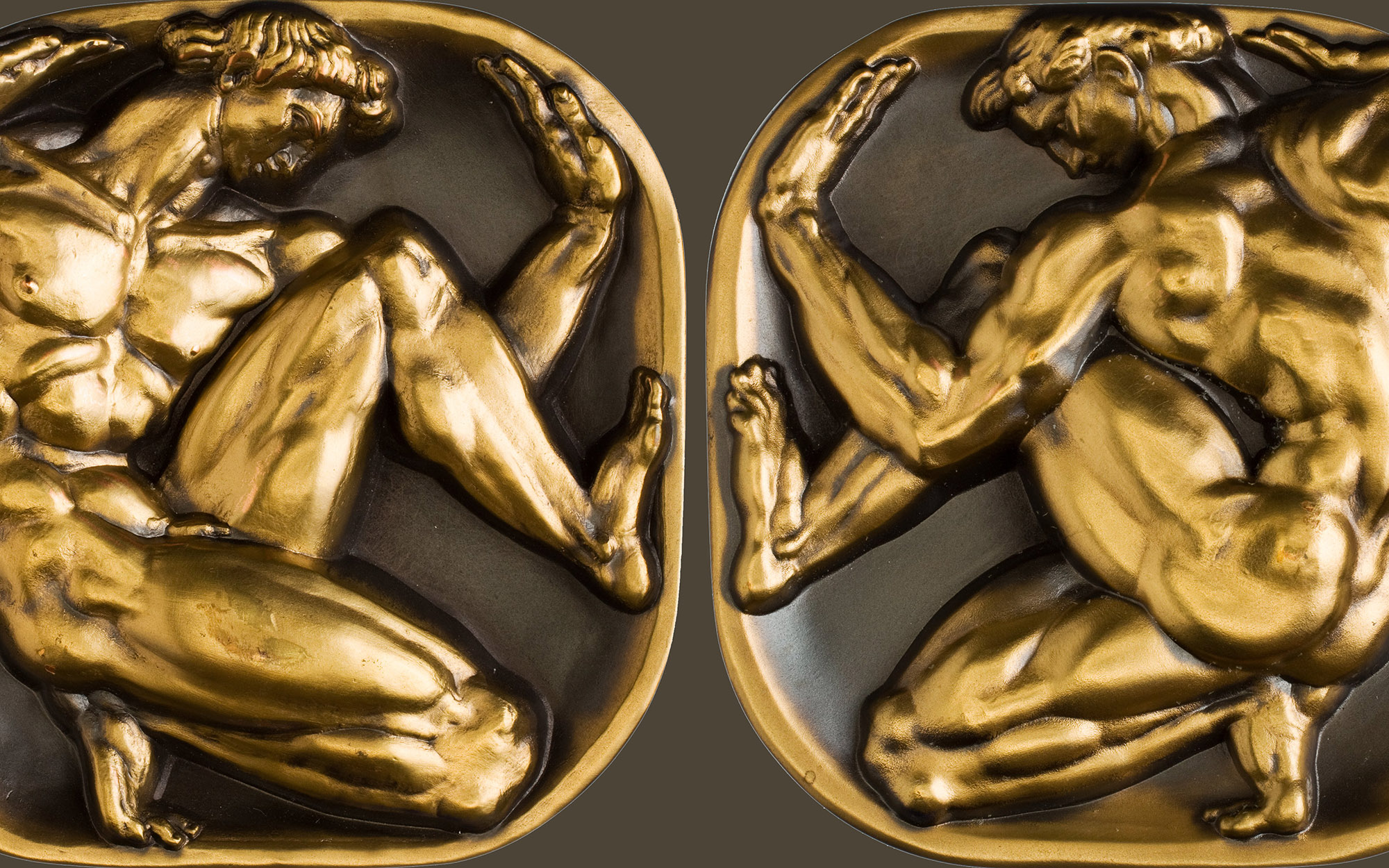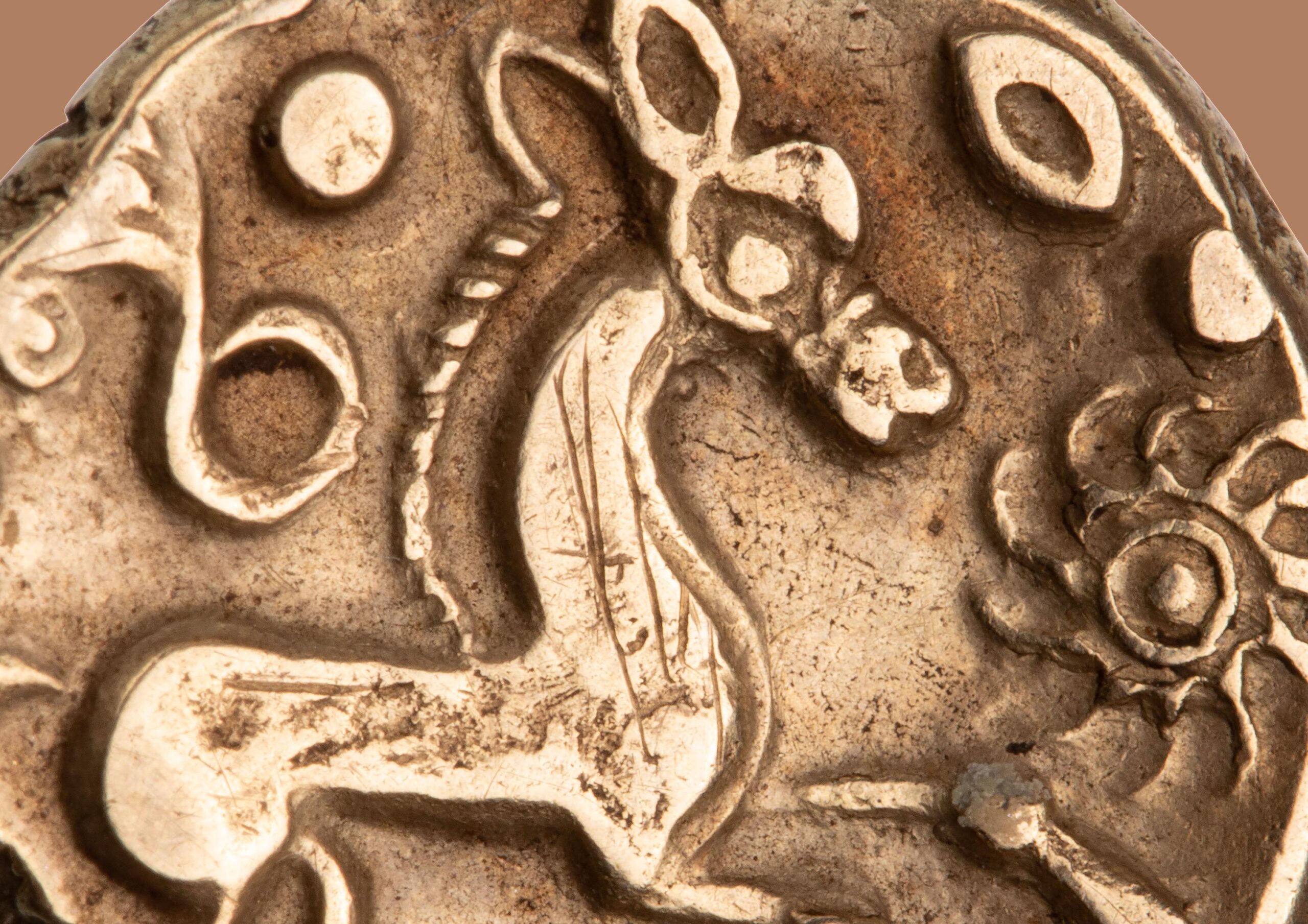The Ottoman Kuruş and Control of Coinage
by Ellen Nye and David Yoon
In August 2018, as Turkey faced a currency crisis, its president Recep Tayyip Erdoğan called for people to convert their dollars or euros into Turkish lira. The Turkish lira had dropped by almost 50% against the dollar in the previous twelve months, and many Turkish people were converting their savings to dollars or euros, fearing further losses. Erdoğan implored them not to hoard western currencies, comparing it to a new war of independence.
A curious coin in the ANS collection speaks to an earlier era of currency competition in Turkey and across the Middle East. Long before contemporary concerns about “dollarization,” foreign coins flowed into the Ottoman Empire, a vast empire that ruled the region for more than six hundred years. In the seventeenth century, Ottoman mints lay almost dormant as exchange across the empire relied instead on imported foreign coins, many of which were minted on American silver. Among these coins the Dutch lion dollar (leeuwendaalder) proved particularly popular, often minted particularly for the Ottoman market and imported in great quantities. But the lion dollar’s supremacy in Ottoman trade was about to be challenged.

In 1688, after the strain of war on three fronts against the Holy Roman Empire and its allies, the Ottoman state began a series of ambitious monetary reforms. Payments for more than a year’s service were due to its soldiers in arrears. In Anatolia, a famine had reduced the population to eating roots and walnut husks. The Ottoman state hoped that its monetary reforms would produce much needed revenue. Ottoman mints introduced attractive new copper coins produced for the first time through mechanized minting that yielded high seigniorage. This initiative was then followed in 1697 by an even bolder scheme—a ban issued by Sultan Mustafa II (r. 1695–1703) on the circulation of all foreign coins, the very coins on which most of the Ottoman economy depended. All of the foreign coins in circulation were to be brought to Ottoman mints where they would either be melted down or simply overstruck. Sir Paul Rycaut, a contemporary English merchant, described the event:
What other Sultans have not done, [Sultan Mustafa II] hath had the Ambition to perform; that is, under his own Name all the Pieces of Gold and Silver should pass, within his Empire . . . I cannot say that all the Gold and Silver within the Turkish Dominions was brought into the Mint to be new Coined, but it is certainly reported, that a great part thereof was.

These coins formed the first examples of the kuruş, the Ottoman coin that would ground the Ottoman economy for much of the eighteenth century. For the four hundred years before the introduction of the kuruş, the akçe had served as the main monetary unit. But the akçe had been repeatedly debased to the point that it was too small for general use. Along with the kuruş, the Ottoman state issued a full spectrum of silver currency. The kuruş system succeeded in becoming the leading unit of account and means of exchange in the eighteenth-century Ottoman Empire. Some European coins did continue to circulate despite Mustafa II’s ban, but they never again occupied the central role they had once played in the Ottoman economy.
A coin in the ANS collection bears witness to this pivotal moment in Ottoman monetary history. At first glance it is simply a kuruş from the reign of Sultan Mustafa II bearing the tuğra, the stylized name of the sultan used to convey his majesty. On closer inspection, however, above the tuğra and along the rim, Latin letters are visible. These letters identify it as a Dutch lion dollar, and more specifically the CA on the obverse identifies it as a lion dollar from the city of Campen. On the reverse side, the numbers “48” indicate that the lion dollar was minted in 1648. This coin then is one of the many lion dollars that would have circulated across the Ottoman Empire. Its minting date of 1648 also gives a sense of the variegated nature of the Ottoman monetary environment, with coins almost fifty years old, and indeed older ones, still in circulation.


It’s hard to overstate the boldness of Mustafa II’s plan to revolutionize the Ottoman monetary system. The overstruck kuruş conveys a vision of a vast empire united under a single currency minted with the sultan’s name. The establishment of the new kuruş, not only provided much needed funds and simplified the collection of taxes by centering the economy under an Ottoman coin at a time when European empires in the Atlantic often struggled with heterogenous supplies of foreign coinage. It also should be seen as a statement of assertive Ottoman sovereignty.
Within traditions of Islamic kingship, the minting of coins was a fundamental duty of a ruler. As these coins passed from hand to hand, they represented the power of the sultan. In the sixteenth century, the historian Mustafa Ali in his 1581 treatise Counsel for Sultans (Nushatü’s-selatin) affirmed the importance of coinage as a marker of sovereignty:
Footless they climb step, handless they travel, wandering from hand to hand. Speechless they give testimony of the sovereign’s overwhelming power, untaught they tell of his superior might.
With this context in mind, the overstruck kuruş tells a powerful story—how an empire awash with European coins took the emblems of foreign powers and turned them into a symbol of Ottoman might at a time that has too often been seen as a period of Ottoman decline. In the early modern period, as in Erdoğan’s modern Turkey, the competition between currencies had both pragmatic and political stakes.




